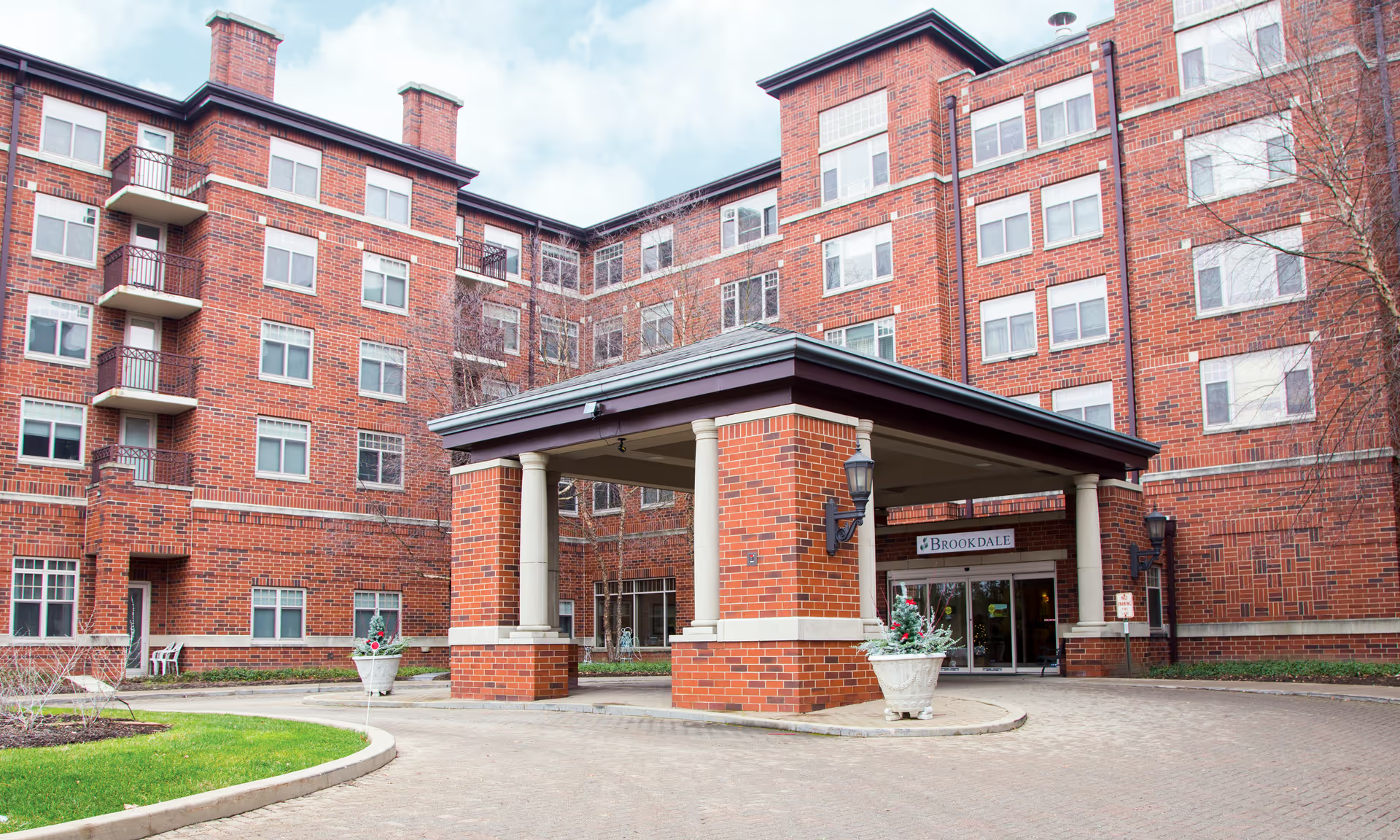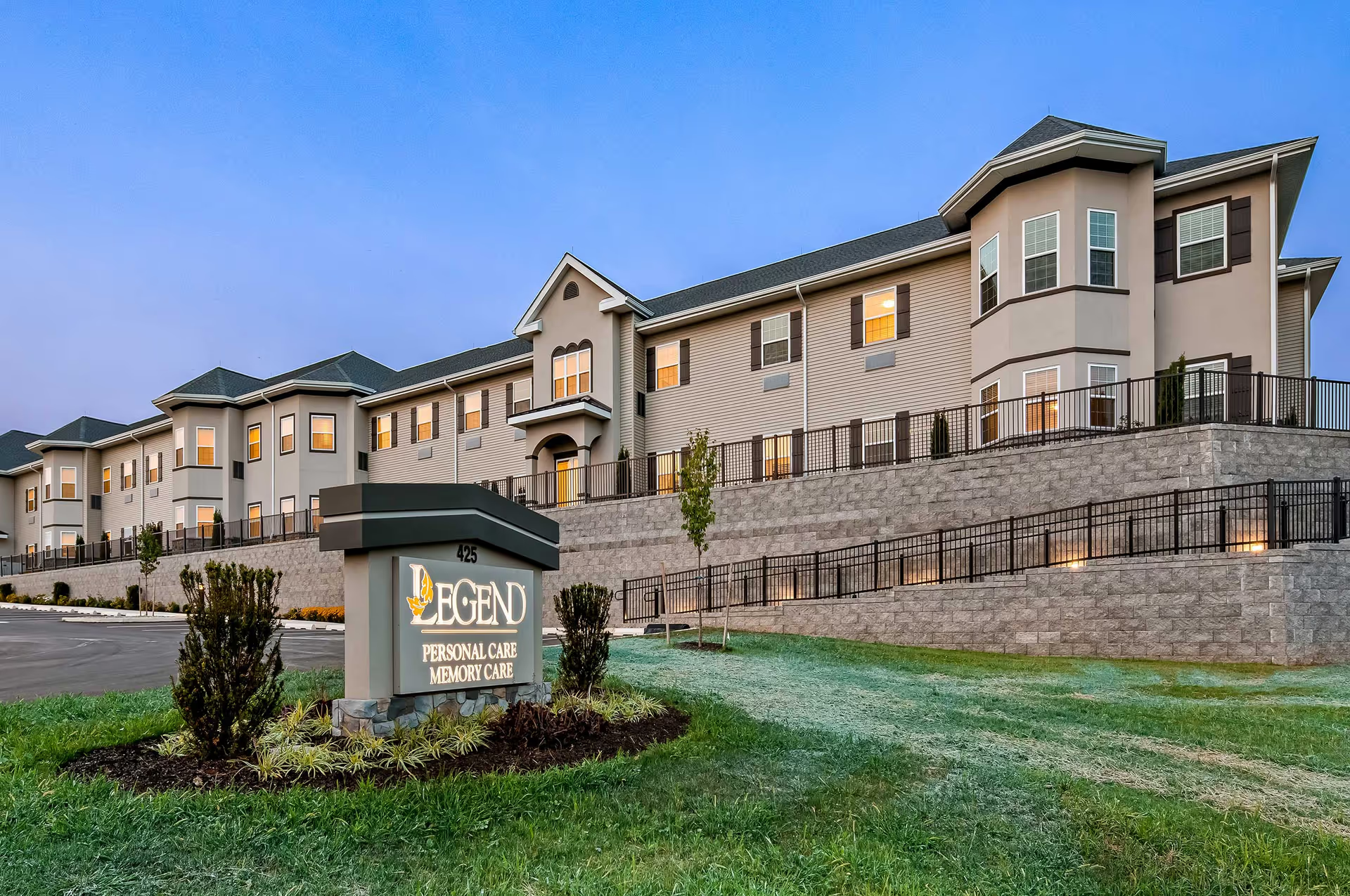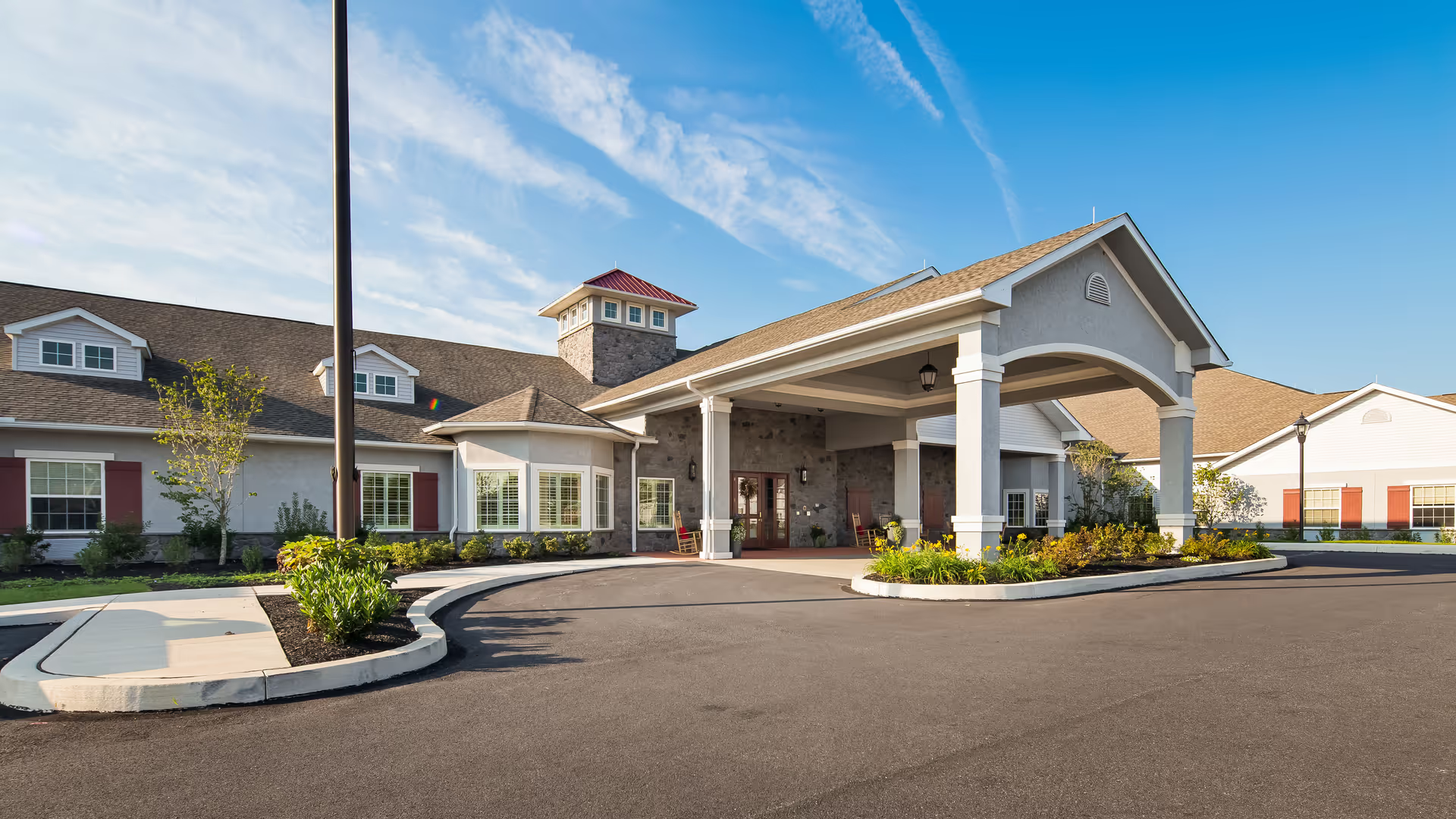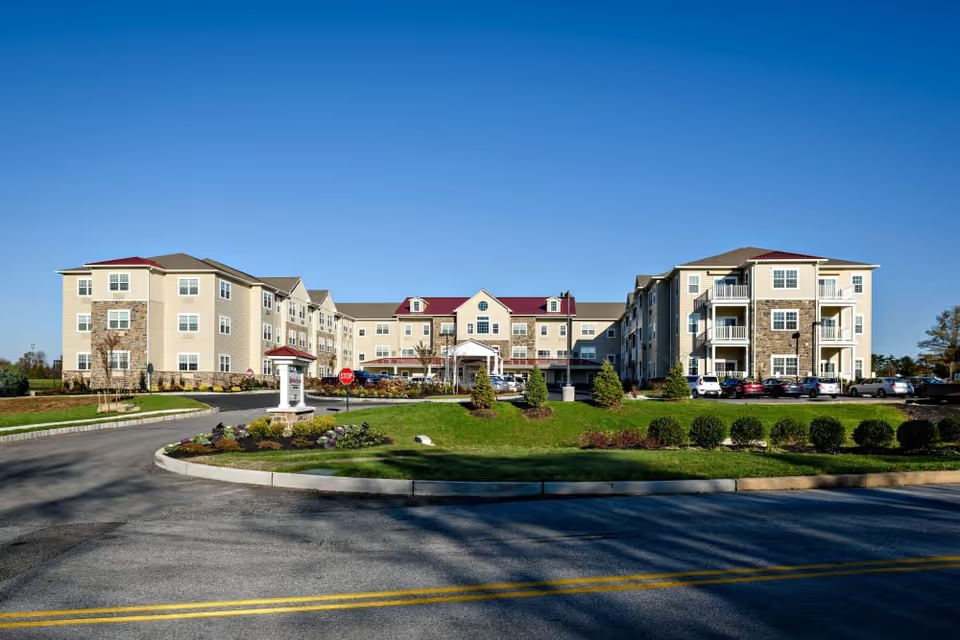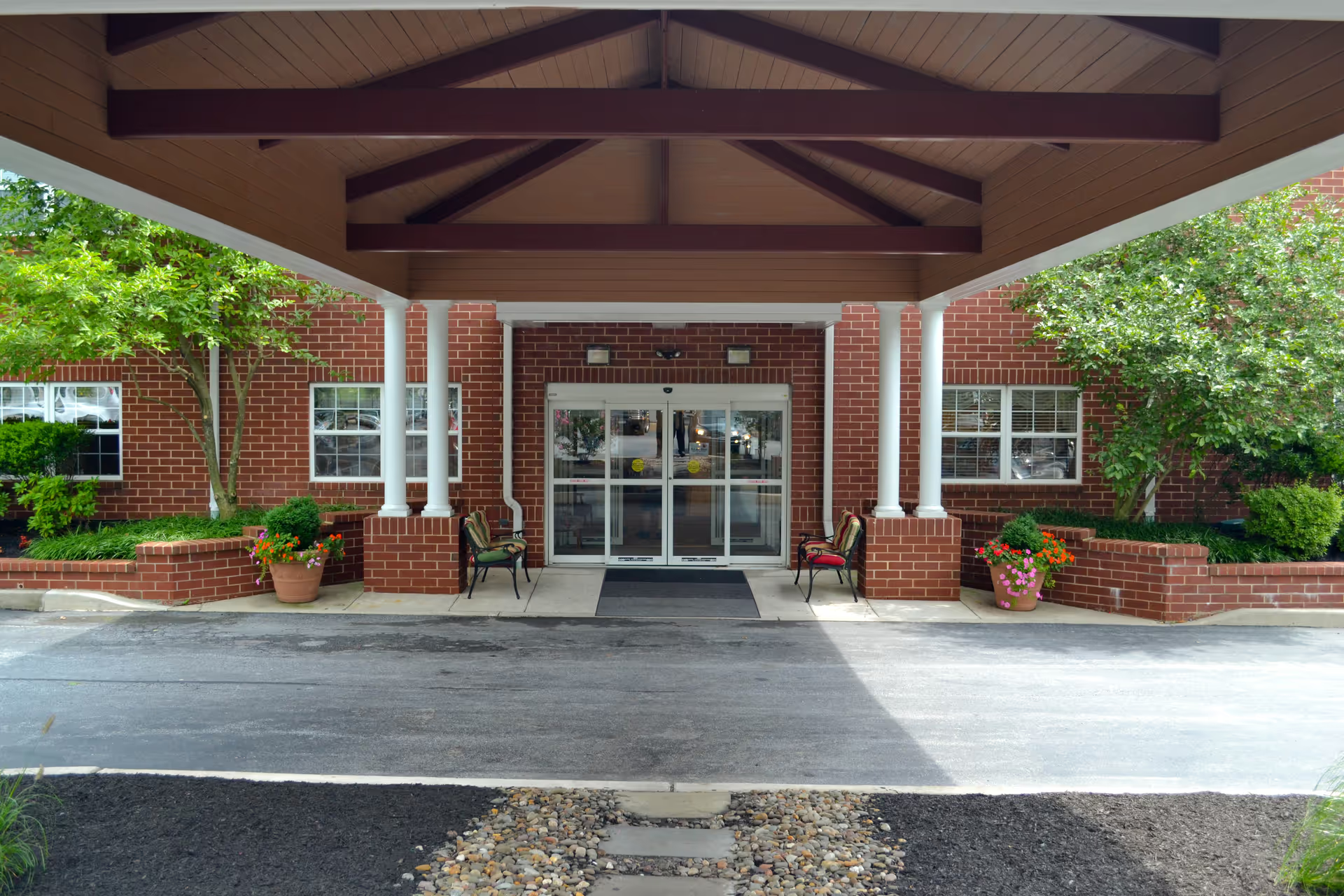Overall sentiment across the review summaries is mixed, with clear strengths in cleanliness, certain aspects of staff performance, physical therapy, and activities, and notable concerns focused on inconsistent responsiveness, variable cleanliness in rooms, and highly mixed dining experiences. Multiple reviewers emphasize that the facility itself is clean and lacks the typical “nursing-home” odor, and several accounts state residents are well taken care of. Good physical therapy was specifically mentioned, suggesting that clinical rehabilitation services are a positive point. The availability of many activities was also highlighted repeatedly, indicating a lively programming schedule for residents.
Staff impressions are a central theme and are clearly mixed but skew toward positive in some respects. Several reviews call out professional and helpful staff, and one reviewer specifically praised a male nurse named Richard. At the same time there are repeated complaints about inconsistent responsiveness: calls not being answered promptly and variable attention. This creates a dual narrative where individual employees and teams are praised for caring and professionalism, yet systemic responsiveness and consistency in care delivery appear uneven.
Facility and room conditions are generally reported positively, with multiple reviewers noting cleanliness and acceptable room accommodations. However, there are also mentions that rooms are not always clean, which introduces a pattern of inconsistency: the facility is often clean overall, but some encounters involve lapses in room housekeeping. The presence of an on-call doctor policy was mentioned and can be viewed as a positive operational practice. The facility’s participation in a student training program is also noted; reviewers saw this as an institutional feature — for some it may be a benefit (engaged learners), while others view it as a source of variability in experience.
Dining and food present the sharpest contrasts. Some reviewers report that the food is really good, while others describe the food as terrible, with specific complaints about gray or unappetizing vegetables (e.g., "gray broccoli"), an awful smell, and meager servings. There is also a comment that there is no dining room or limited dining options, which may affect communal dining opportunities and residents’ mealtime experiences. Overall, the dining feedback is highly polarized, and prospective residents or family members should expect variable meal quality depending on timing, staff, or other factors.
Cost and value are another concern: a high price after Medicare coverage ends was explicitly mentioned. That, combined with the mixed reports on responsiveness and food, suggests some reviewers felt the ongoing cost may not consistently match the experience. Administrative features (on-call doctors, student programs) are present and may be seen as positives, but they also introduce variability that contributes to mixed impressions of consistency and predictability.
In summary, reviewers describe Fairmont Crossing Health And Rehabilitation as clean, with many activities, solid physical therapy, and several staff members who are professional and caring — including specific positive mentions. However, consistent themes of concern include uneven responsiveness to calls, inconsistent room cleanliness, and very mixed dining quality (ranging from very good to very poor with complaints of poor presentation, smell, and small portions). The facility has some formal policies and programs (on-call doctors, student training) that may be beneficial, but these coexist with variability in day-to-day operations. Prospective residents and families should weigh the strong positives in therapy, cleanliness, and activities against the reported inconsistencies in staffing responsiveness and dining when deciding if this facility meets their priorities.

